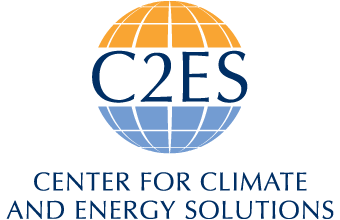Publication
Philadelphia’s Benchmarking and Energy Use Program
Energy efficiency is expected to be a key compliance option for states under the Clean Power Plan because it can minimize cost impacts to consumers and utilities. For states using a rate-based emissions target, efficiency gains will need to be …
